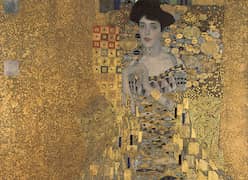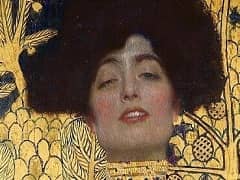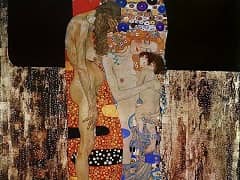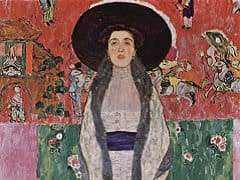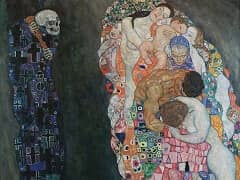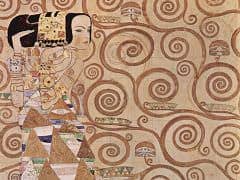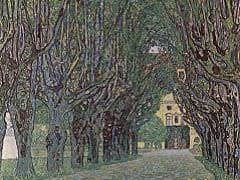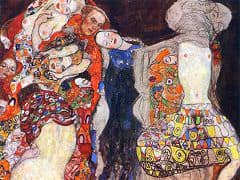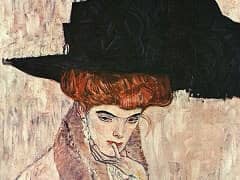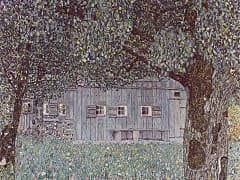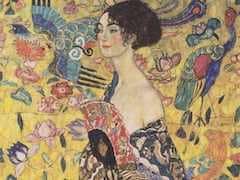Portrait of Hermine Gallia, 1903 by Gustav Klimt
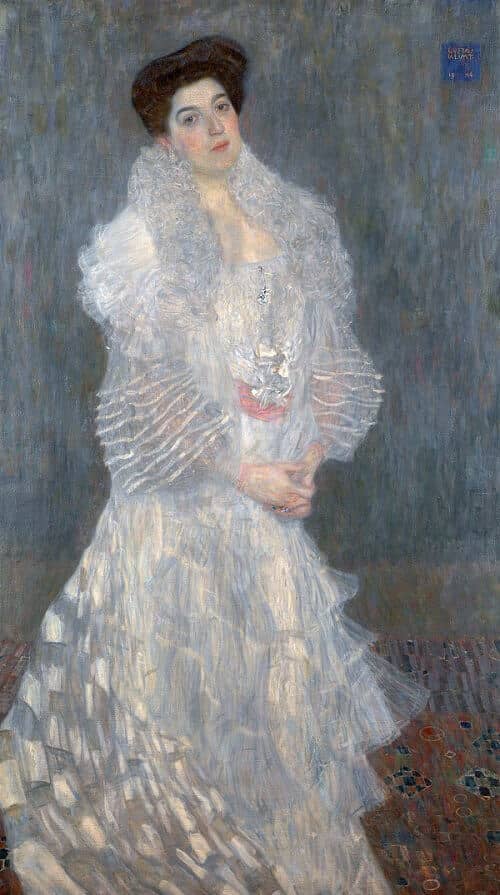
Portrait of Hermine Gallia was shown at the 1903 Secession exhibition but only completed the following year. Like several of Klimt's other portraits of women, Hermine, one of the daughters of
Karl Wittgenstein, wears a white dress, similar to those created by Emilie Eloge. This is the first commissioned portrait in which Klimt uses abstract, geometric designs within the dress and the
background. Diamonds composed of hexagons and triangles mark out the floor, while the train of Hermine's dress shows a chequerboard effect.
Hermine Gallia's pose is quite different from that of Klimt's other female sitters, in that rather than holding herself upright, in an aloof, if not distant pose, she leans forward slightly towards the
viewer. Her clasped hands and the slight upwards tilt of her head make her look as if she is about to ask a question. Perhaps Klimt simply knew her better than some of his other sitters. Hermine
certainly wrote about the circumstances surrounding the various commissions the Wittgensteins gave Klimt in her memoirs, Family Reminiscences.



